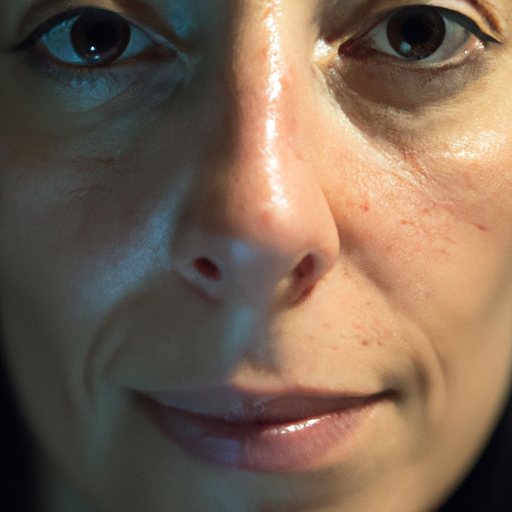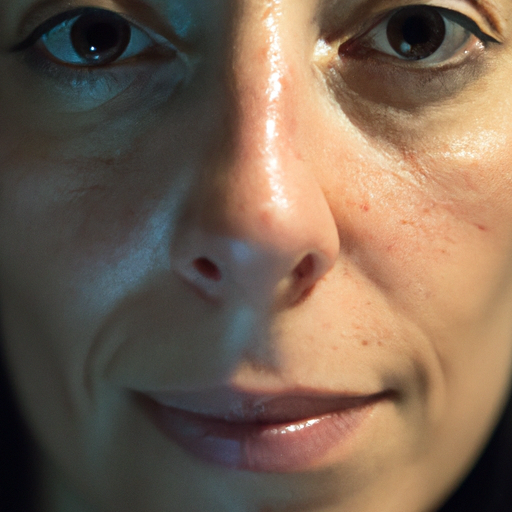As a dermatologist, I have seen countless patients struggle with hyperpigmentation. This common skin condition causes patches of skin to darken, resulting in an uneven complexion. It can be caused by various factors such as sun exposure, hormonal changes, inflammation, or injury to the skin. While hyperpigmentation is usually harmless, it can cause distress and affect self-esteem. Fortunately, there are several effective treatments available that can help restore your skin’s natural beauty.
Hyperpigmentation occurs when an excess of melanin, the pigment that gives skin its color, forms deposits in the skin. This can be triggered by various factors, including sun damage, inflammation, acne scars, hormonal fluctuations, or certain medications. The most common types of hyperpigmentation include melasma, post-inflammatory hyperpigmentation (PIH), and sunspots.
One of the first steps in treating hyperpigmentation is prevention. Sun exposure is a significant contributor to hyperpigmentation, so it is essential to protect your skin from harmful UV rays. This includes wearing sunscreen with an SPF of at least 30 every day, even on cloudy days, and reapplying every two hours when outdoors. Wearing protective clothing and seeking shade during peak sunlight hours can also help prevent sun-induced hyperpigmentation.
Topical treatments are often the first line of defense against hyperpigmentation. These include creams, lotions, and serums containing active ingredients like hydroquinone, retinoids, vitamin C, kojic acid, azelaic acid, and licorice extract. These ingredients work by inhibiting the enzyme tyrosinase, which is involved in melanin production. They can help lighten dark spots and even out skin tone over time.
Chemical peels and microdermabrasion are other options for treating hyperpigmentation. These treatments involve removing the top layer of skin to reveal the newer, lighter skin underneath. They can be particularly effective for treating sunspots and PIH. However, these procedures should be performed by a trained professional to avoid potential side effects like scarring or further pigmentation.
Laser therapy is another effective treatment for hyperpigmentation. This involves using a concentrated beam of light to target and break up the melanin deposits in the skin. There are different types of lasers available, each with its own strengths and weaknesses. Some lasers can target specific types of pigmentation, while others are more general.
Another promising treatment is microneedling, which involves creating tiny punctures in the skin to stimulate collagen production and promote skin regeneration. When combined with topical treatments, microneedling can help enhance the absorption and effectiveness of these products.
It’s important to note that results from hyperpigmentation treatments can take time. Patience and consistency are key. Also, everyone’s skin is different, so what works for one person may not work for another. It’s crucial to consult with a dermatologist to determine the best treatment plan for your specific needs.
In conclusion, while hyperpigmentation can be challenging to deal with, there are many effective treatments available. With the right approach, you can reduce the appearance of dark spots and reveal your true skin. Remember, the journey to clear skin is a marathon, not a sprint. So, stay patient, stay consistent, and most importantly, stay hopeful. Your true skin is waiting to be unmasked.




